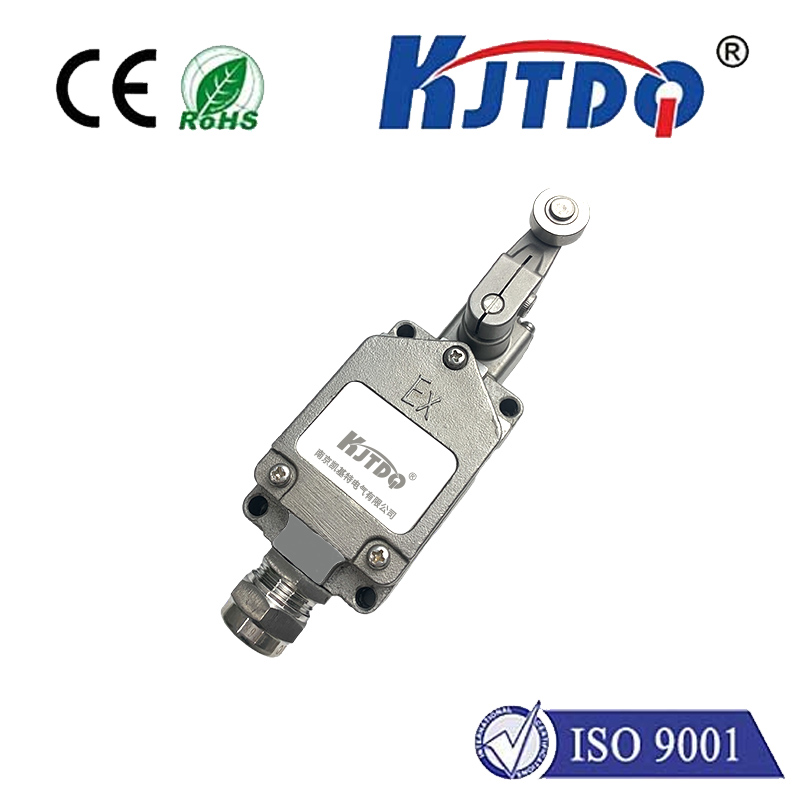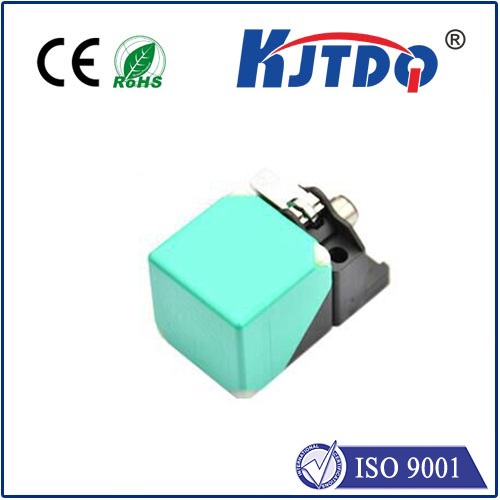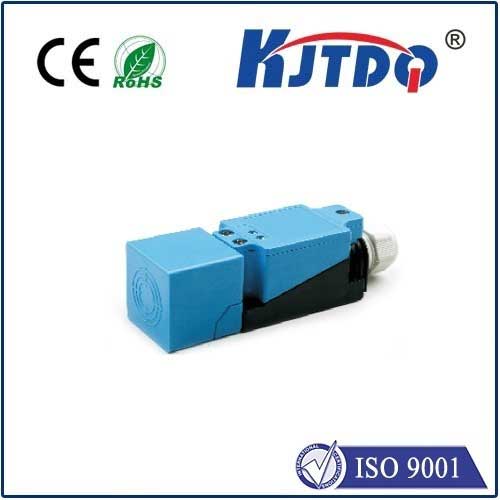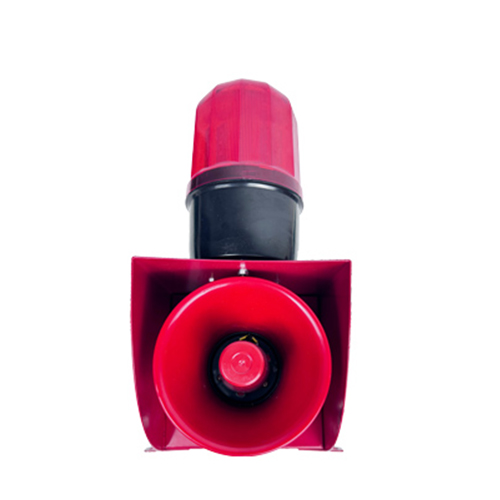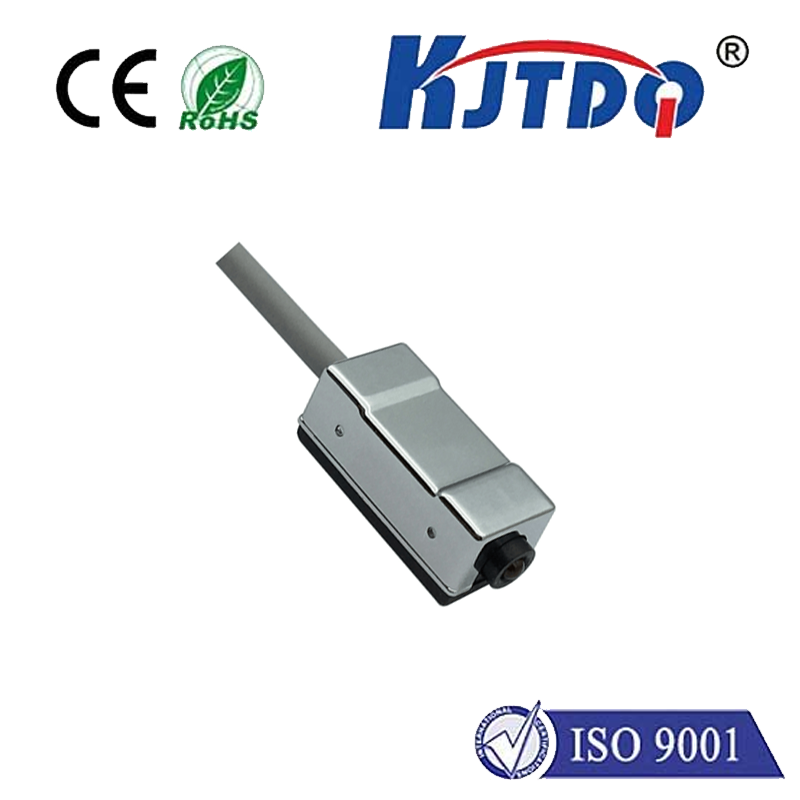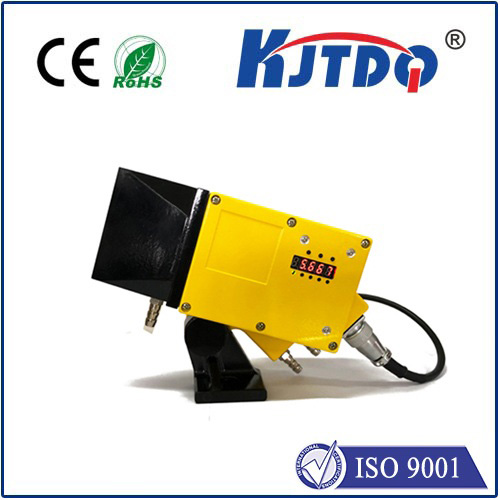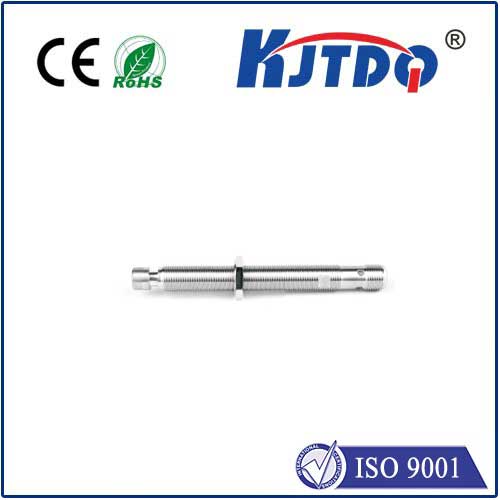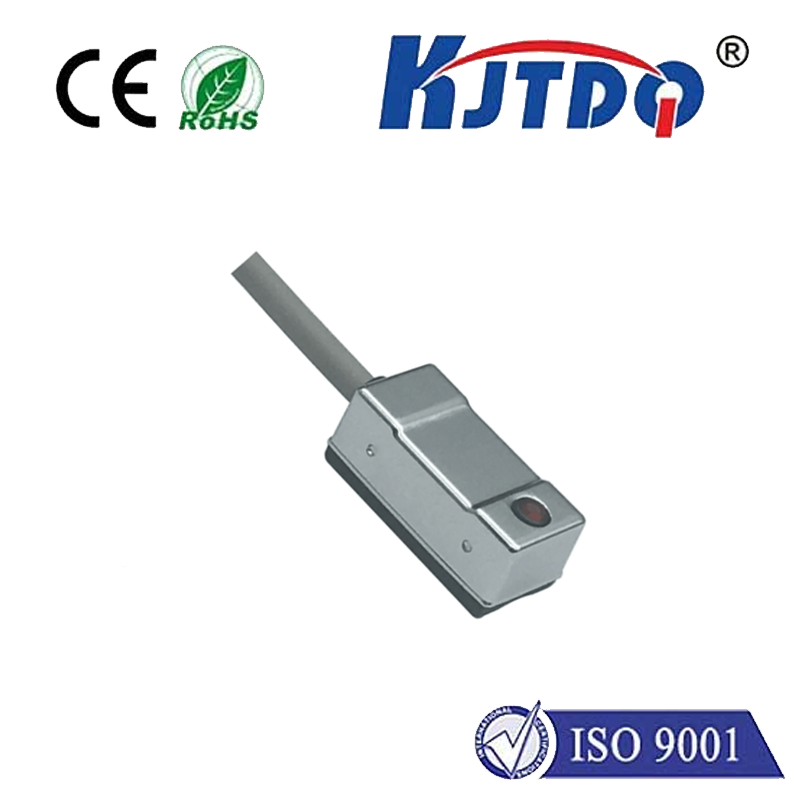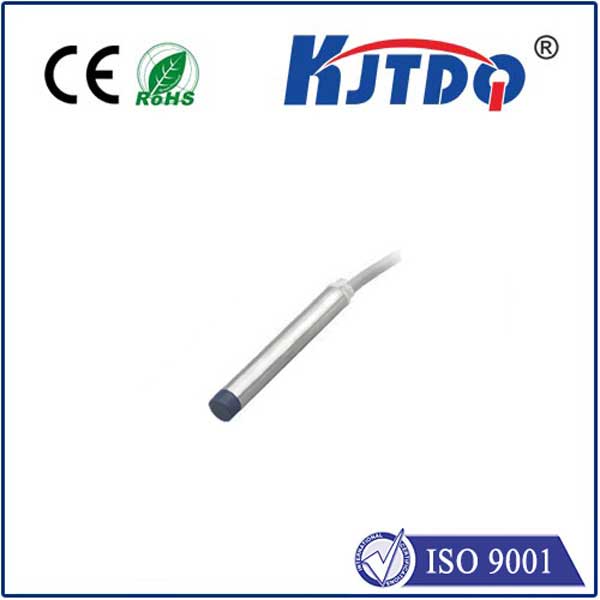through beam optical sensor
- time:2025-08-13 15:37:07
- Click:0
Through-Beam Optical Sensors: Your Ultimate Guide to Reliable Detection
Imagine a critical automated assembly line grinding to a halt because a single component wasn’t detected. The cost? Thousands per minute in downtime and lost production. This scenario underscores the vital role of precision object detection, where through-beam optical sensors consistently prove their worth as the unsung heroes of industrial automation and safety systems. Unlike their counterparts, these sensors offer unparalleled reliability for long-range, high-precision detection tasks, making them indispensable in countless demanding environments.
Understanding the Core Principle: A Light Beam Interrupted
At its heart, a through-beam optical sensor (also commonly referred to simply as a photoelectric sensor) operates on a beautifully simple yet robust principle. It consists of two physically separate units:
- Emitter/Transmitter: This unit houses a light source, typically a focused LED (Light Emitting Diode), often infrared (IR) or visible red light, chosen for its intensity and consistency. Some specialized sensors may use lasers for extreme precision or long range.
- Receiver: Positioned directly opposite the emitter, this unit contains a highly sensitive photodiode or phototransistor. Its sole purpose is to detect the presence or absence of the light beam generated by the emitter.
The fundamental detection mechanism is straightforward: When the emitted light beam reaches the receiver unobstructed, the receiver outputs a specific signal state (often termed “light on” – this could represent a logic HIGH or LOW depending on configuration). When an object passes between the emitter and receiver, it interrupts the beam. This interruption causes the receiver’s output state to change (e.g., to “dark on”), signaling the presence of the object.

Why Choose Through-Beam? Unpacking the Key Advantages
The physical separation of the emitter and receiver offers significant advantages over other photoelectric sensing modes like retro-reflective or diffuse:
- Superior Long-Range Detection: Through-beam sensors excel at detecting objects over substantial distances. While specific ranges vary by model, capabilities of 10 meters, 20 meters, or even up to 60 meters are common in industrial-grade sensors. This makes them ideal for monitoring large conveyor lines, warehousing entry/exit points, or crane safety zones.
- Highest Detection Reliability & Precision: The dedicated receiver unit is finely tuned to detect only the specific light signal from its paired emitter. This specificity provides exceptional immunity to:
- Background Light Interference: Ambient light (fluorescents, sunlight) rarely affects performance.
- Object Characteristics: The sensor detects any opaque object, regardless of its color, surface finish (shiny/matte), material (metal, plastic, wood, cardboard), orientation, or transparency level (as long as it sufficiently blocks the beam). Reliability is paramount in critical safety applications like machine guarding.
- Enhanced Signal Strength: Because the receiver detects the light beam directly from the emitter at its maximum intensity, the signal is strong and clear, minimizing issues like signal dropout due to minor misalignment or dust accumulation compared to reflected light methods.
- Contrast Independence: Unlike diffuse sensors that rely on light reflecting off the target, through-beam sensors are unaffected by the target’s reflectivity or colour. A black rubber tire or a shiny metal can are detected with equal certainty. Speed variations of passing objects also have minimal impact on detection stability.
Versatile Applications Across Industries
The combination of long-range capability, high reliability, and material independence makes through-beam optical sensors incredibly versatile:
- Industrial Automation & Manufacturing: Counting objects on high-speed conveyor lines, verifying presence/absence of parts in assembly processes (e.g., “Is the bottle cap on?”), detecting oversized packages on sorting systems, verifying pallet presence at loading docks, monitoring bin levels for opaque materials, and providing safety light curtains for machine guarding (where specifically certified models are used).
- Material Handling & Logistics: Detecting vehicles or pallets at warehouse doorways/loading bays, verifying container positioning on AGVs (Automated Guided Vehicles), ensuring elevator car position at floors, and monitoring package flow in sorting hubs.
- Transportation: Vehicle detection at traffic light intersections or toll gates, train presence detection at level crossings, and monitoring overhead crane positioning.
- Packaging: Verifying filled levels in opaque containers, detecting packaging misalignment on production lines, and counting cartons.
- Security: Perimeter security breach detection (especially long outdoor ranges), monitoring gates or access points, and integrating into safety systems on automated equipment.
Key Considerations for Optimal Performance
While exceptionally robust, maximizing the effectiveness of through-beam sensors involves attention to these factors:
- Precise Alignment: Ensuring the emitter’s beam is directly aimed at the center of the receiver’s detection window is critical. Misalignment is the most common cause of failure. Many sensors feature visual indicators or alignment tools (like a pilot beam in visible light models alongside the IR beam) to simplify this process. Robust mounting brackets are essential.
- Mounting Stability: Both the emitter and receiver must be securely mounted on stable surfaces to prevent vibration or accidental movement from breaking alignment. Shock-absorbing mounts may be necessary in high-vibration environments.
- Environmental Factors: While inherently resistant to ambient light, extreme conditions demand consideration:
- Dust/Fog/Mist: Heavy airborne particles can gradually attenuate the light beam over very long distances or in extremely dense conditions. Selecting sensors with higher power LEDs or lasers, focused optics, or specialized environmental enclosures combats this.
- Temperature: Operating within the specified temperature range ensures LED lifespan and electronic stability. Industrial-grade sensors are designed for wider temperature tolerances.
- Physical Protection: Guards may be necessary in environments prone to impacts or flying debris.
- Lens Maintenance: Keeping the emitter and receiver lenses clean ensures maximum light transmission. Regular inspection and cleaning are simple but vital maintenance tasks.
- Output Configuration: Sensors typically offer options like Normally Open (NO) or Normally Closed (NC) contacts, NPN or PNP transistor outputs, or analog signals. Selecting the appropriate output type compatible with the control system (PLC, microcontroller) is essential.
Driving Innovation: Efficiency and Safety
The core technology of through-beam optical sensors is mature, but continuous improvements enhance their value. Modern sensors increasingly feature advanced optics for tighter beams and longer ranges, energy-efficient LEDs extending battery life in remote applications, sophisticated digital circuitry for enhanced noise immunity and diagnostic capabilities, and ruggedized IP67/IP69K-rated housings for demanding washdown or outdoor environments. Fundamentally, they remain the simplest and often the most effective solution for any application demanding unwavering detection of an opaque object interrupting a line of sight, directly boosting manufacturing efficiency, logistics throughput, and workplace safety by ensuring machines know exactly where objects are – or aren’t – at all times.












